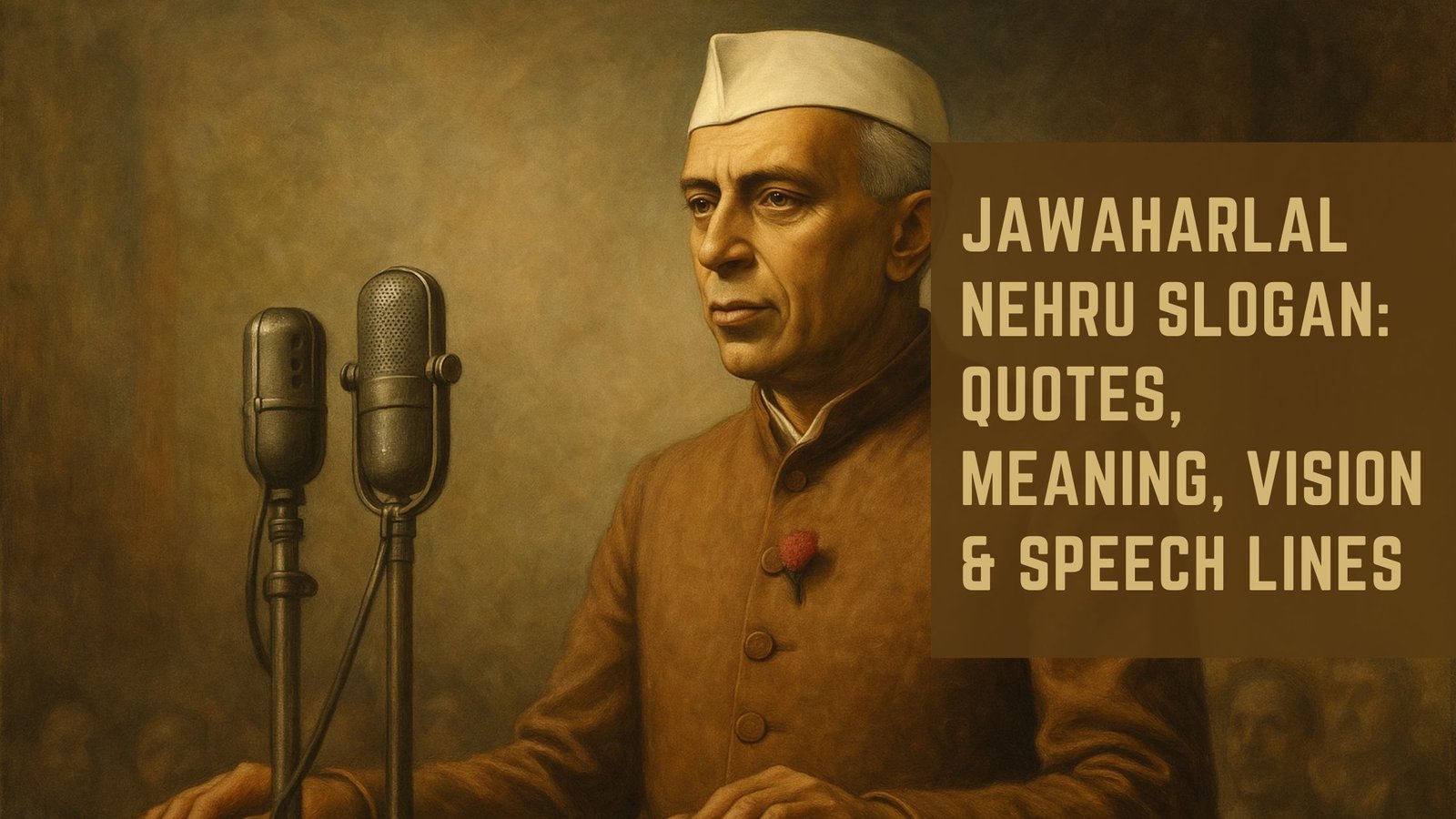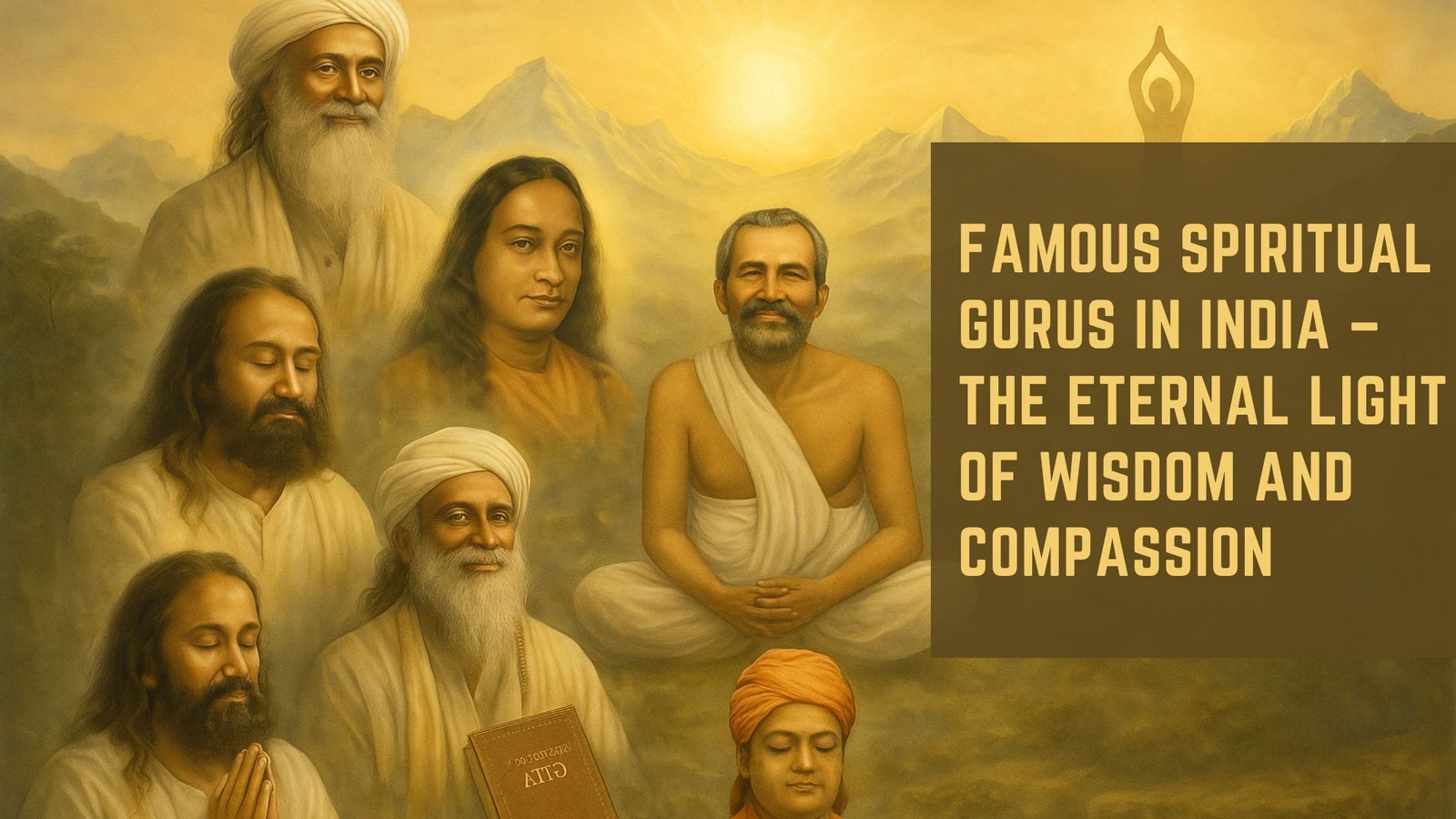The Ayodhya Ram Mandir stands as a monumental symbol of India’s spiritual heritage and faith. Located in Ayodhya, Uttar Pradesh, the sacred birthplace of Lord Rama, the temple is a magnificent tribute to devotion, patience, and cultural unity.
This guide covers everything you need to know about the Ayodhya Ram Mandir, from its history and architecture to significance, construction timeline, and how to visit.

What is the Ayodhya Ram Mandir?
The Ayodhya Ram Mandir is a Hindu temple dedicated to Lord Ram at his birthplace (Ram Janmabhoomi) in Ayodhya. The temple is one of the most significant religious projects in modern India and symbolizes the culmination of a centuries-long aspiration for devotees.
History of Ayodhya Ram Mandir
1. Ancient Times
- Ayodhya is mentioned in ancient scriptures like the Ramayana, Skanda Purana, and Valmiki Ramayana.
- It is revered as the birthplace of Lord Ram, the seventh avatar of Vishnu.
- The original temple is believed to have existed for thousands of years.
2. Medieval Period
- In the 16th century, the Babri Masjid was constructed at the site, believed by Hindus to be Ram Janmabhoomi.
- Over centuries, disputes arose regarding the rightful place of worship.
3. Modern Legal Battle
- 1885: The first legal case was filed for the right to worship at the Ram Janmabhoomi site.
- 1949: Idols of Ram Lalla appeared inside the disputed structure.
- 1992: The Babri Masjid was demolished, leading to nationwide unrest.
- 2010: Allahabad High Court divided the disputed land among three parties.
- 2019: Supreme Court of India unanimously awarded the entire land to Ram Lalla Virajman, paving the way for temple construction.
Bhoomi Pujan and Foundation Laying Ceremony
- Date: 5th August 2020
- Chief Guest: Prime Minister Narendra Modi
- Sacred rituals included Bhoomi Pujan, Vedic mantras, and placing a 40 kg silver brick as the foundation.
- The event was witnessed by millions across India and the world via live broadcasts.

Architecture and Design of the Ayodhya Ram Mandir
| Feature | Details |
|---|---|
| Style | Nagara Style of Hindu Temple Architecture |
| Dimensions | 360 ft (Length) × 235 ft (Width) × 161 ft (Height) |
| No. of Floors | 3 |
| Materials Used | Rajasthan’s Bansi Paharpur Pink Sandstone |
| Pillars | 366 intricately carved pillars |
| Sanctum | Ram Lalla idol in child form (Balak Ram) |
- The temple will have five mandapas (pavilions): Nritya Mandap, Rang Mandap, Sabha Mandap, Prarthana Mandap, and Kirtan Mandap.
- The temple will be earthquake resistant and designed to last over 1000 years.
Significance of the Ayodhya Ram Mandir
- Spiritual Significance: Reinforces the faith of millions in Lord Rama and Sanatan Dharma.
- Cultural Importance: A celebration of India’s rich heritage and collective consciousness.
- National Unity: A moment of spiritual triumph and reconciliation for the nation.
- Global Attention: Celebrations and donations poured in from Indian communities worldwide.
How was the Ayodhya Ram Mandir Funded?
- Massive donations from common citizens, saints, businessmen, and the Indian diaspora.
- Over ₹5,000 crore were raised through a nationwide donation drive.
Ayodhya Ram Mandir Opening Date
- Expected Public Opening: January 22, 2024
- Consecration (Pran Pratishtha): Idols installed amid Vedic rituals in a grand ceremony attended by dignitaries and devotees.
Important Details for Visitors
| Detail | Information |
|---|---|
| Location | Ram Janmabhoomi, Ayodhya, Uttar Pradesh |
| Nearest Airport | Maharishi Valmiki International Airport, Ayodhya |
| Nearest Railway Station | Ayodhya Dham Junction |
| Best Time to Visit | October to March; Major Festivals: Ram Navami, Diwali |
| Entry Fee | Free |
| Darshan Timings | 7:00 AM – 11:30 AM, 2:00 PM – 7:00 PM |
How to Reach Ayodhya Ram Mandir?
- By Air: Ayodhya’s new airport connects major cities like Delhi, Mumbai, and Kolkata.
- By Train: Direct trains available from cities like Delhi, Lucknow, Varanasi, and Prayagraj.
- By Road: Well-connected by highways; buses, taxis, and private vehicles are available.

People Also Ask (FAQs)
1. Who built the Ayodhya Ram Mandir?
The construction is supervised by Shri Ram Janmbhoomi Teerth Kshetra Trust, with contributions from architects, artisans, and engineers across India.
2. Is the Ram Mandir in Ayodhya open to the public?
Yes, from January 2024 onwards, the temple is open for darshan to devotees.
3. What is the cost of building the Ayodhya Ram Mandir?
The total cost is estimated at around ₹1,800 to ₹2,000 crores for the temple and associated facilities.
4. What is special about the Ram Mandir?
Its spiritual importance, architectural grandeur, and historical significance make it one of the holiest Hindu pilgrimage centers.
5. Can foreigners visit Ayodhya Ram Mandir?
Yes, foreigners are welcome to visit, following general tourism and security guidelines.
6. Is there a live darshan facility for Ayodhya Ram Mandir?
Yes, online live darshan options are available through official websites.
Quotes on Lord Ram and Ayodhya Ram Mandir
“Where there is Dharma, there is victory. Jai Shri Ram!”
“राम का नाम लो, जीवन सफल हो जाएगा।”
“The footsteps of Lord Ram echo forever in the sacred city of Ayodhya.”
“ਜਿੱਥੇ ਰਾਮ ਦਾ ਨਾਮ ਗੂੰਜਦਾ ਹੈ, ਓਥੇ ਹਰ ਰੁਹ ਨੂੰ ਆਰਾਮ ਮਿਲਦਾ ਹੈ।”
Conclusion: Ayodhya Ram Mandir – A New Spiritual Renaissance
The Ayodhya Ram Mandir is not just a temple; it is a revival of India’s ancient spiritual glory. It stands as a tribute to patience, faith, and unity. It inspires millions to walk on the path of righteousness and reminds the world of the enduring values of truth, compassion, and dharma.
As the chants of “Jai Shri Ram” resonate from Ayodhya, the world witnesses a historic spiritual awakening, celebrating the timeless teachings of Lord Rama.
जय श्री राम!
If you feel inspired by the eternal wisdom of Lord Rama, we invite you to dive deeper into the profound spiritual teachings that shape our lives.
Explore the timeless messages of Dharma, devotion, and righteousness in the Essence of the Gita — and embark on a journey toward true inner peace and enlightenment.














